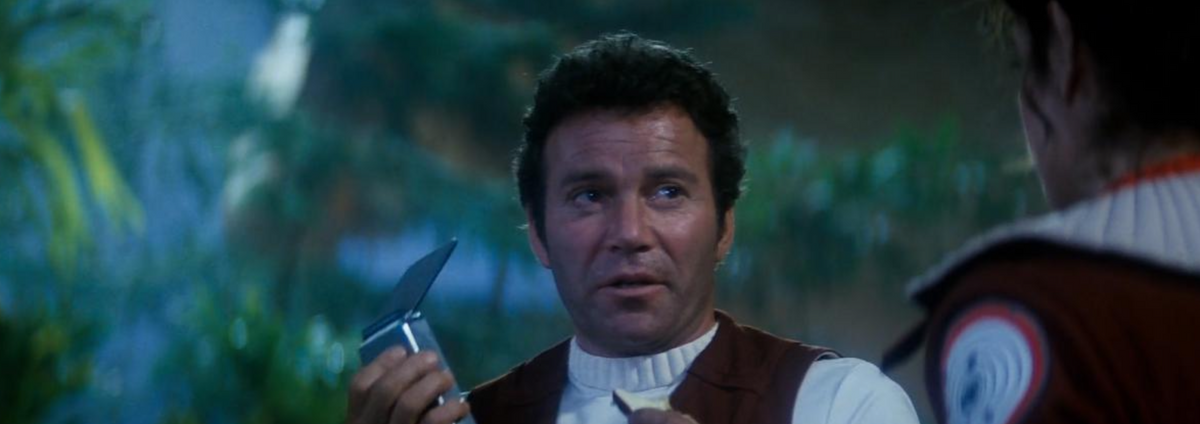🟢 What's your Kobayashi Maru dilemma?
This week we're done with the GAFAMs and ChatGPT! Let's go back to a key innovation mindset component and some tools. I give you the Kobayashi Maru dilemma... (and yes, I briefly considered trolling Star Trek fans with a Star Wars picture 😱).

The Kobayashi Maru dilemma was part of the 1982 Star Trek II, The Wrath of Khan motion picture story. If I honestly don't care so much about the movie (sorry fans), this dilemma rapidly became a popular illustration of what is a no-win scenario.
What is a no-win scenario?
In the movie, the trainee pilots are presented with a virtual simulation where they have to choose between (a) trying to save a misguided civilian ship (the 'Kobayashi Maru') stranded in hostile territory and face guaranteed destruction, or (b) letting the civilians die in direct conflict with their mission and live with this on their conscience forever. Never answer is a good one. Of course, the hero manages to win anyway. He does so by reprogramming the code of the simulation. In his own words, he "changed the conditions of the test." (Yes, he cheated.)
Now you're probably asking yourself why we should care. Well, because a large part of doing business, and certainly trying to innovate, is laced with no-win scenarios.
The omnipresent innovator's dilemma is a Kobayashi Maru: the more successful you've been with an innovation in the past, the least capable you become of escaping this aging success and reinventing your business. Do nothing, and your business becomes obsolete; try to innovate, and your own corporate culture will fight your initiative leading to failure anyway. No-win.
And in case you doubt the innovator's dilemma is that dramatic, I'll let you read the news about how the German automakers are blocking the 2035 European transition to electric vehicles.



